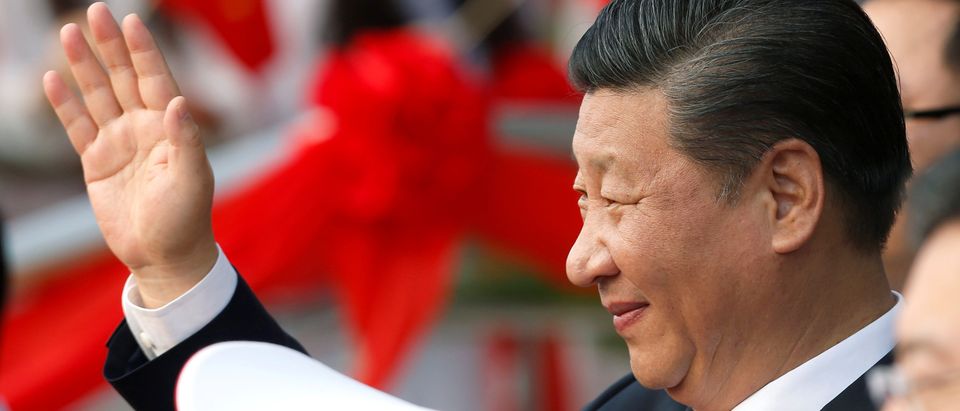China’s special representative on climate change, Xie Zhenhua, took the stage at the Green Carbon Summit on Monday to announce China had already met its emissions goals for 2020.
What Zhenhua neglected to mention, however, is that China’s global warming pledge was already in-line with what energy experts expected to happen regardless of climate policies.
Zhenhua said that “by the end of 2017, China had cut carbon dioxide emissions per unit of GDP by 46 percent from the 2005 level, fulfilling its commitment to reduce CO2 emissions by 40 to 45 percent from the 2005 level by 2020,” state-owned Xinhua reported on Monday.
China’s carbon intensity fell 38.6 percent from 2005 to 2015, and emissions intensity dropped another 6.6 percent in 2016, according to Xinhua. Zhenhua credited China’s pilot cap-and-trade program for the rapid drop in emissions.
“The carbon emissions trading system was initiated in 2011 and includes power generation, iron and steel production and cement manufacturing sectors in seven provinces and municipalities including Shanghai,” Zhenhua said, according to Xinhua.
However, experts have pointed out for years that China’s global warming commitment was weak. China first pledged to cut the carbon intensity of its economy — CO2 emissions per unit of GDP — ahead of the United Nations Copenhagen summit in 2009. Back then, energy analysts already projected China’s emissions would peak in 2030.
“The Department of Energy estimates that existing Chinese policies will already cut carbon intensity by 45 to 46 percent,” Michael Levi of the Council on Foreign Relations, told The New York Times in 2011.
“The United States has put an ambitious path for emissions cuts through 2050 on the table. China needs to raise its level of ambition if it is going to match that,” Levi said.
China doubled down on its 2009 pledge ahead of ratifying the Paris climate accord in 2016. China pledged to peak CO2 emissions “around 2030,” get 20 percent of its energy from non-fossil fuel sources and cut emissions intensity 60 to 65 percent by 2030. Experts had similar criticism of this target as well.
“What you find is they either pledge to do exactly what they were already going to do anyway, or pledged even less than that,” Manhattan Institute scholar Oren Cass told John Stossel in a recent interview.
“China for instance, said we pledged to reach peak emissions by about 2030,” Cass said. “Well the United States government had already done a study to guess when Chinese emissions would peak and their guess was about 2030.”
That study was done in 2011 by the Lawrence Berkeley National Laboratory. Researchers found Chinese “CO2 emissions under both scenarios approach a plateau or peak in 2025 and 2030.”
Emissions would peak “owing to continuous energy efficiency improvement as well as decarbonization in the power sector,” the report found. Researchers also found that China’s carbon intensity “reduction by 2020 announced in 2009 is possible.”
A Bloomberg New Energy Finance report from 2015 went further on China’s goals to cut carbon intensity, saying it “implies a low level of ambition” in terms of the Paris accord. Likewise, the Climate Action Tracker called China’s goals “highly insufficient” to meet the Paris accord’s goals.
Follow Michael on Facebook and Twitter
All content created by the Daily Caller News Foundation, an independent and nonpartisan newswire service, is available without charge to any legitimate news publisher that can provide a large audience. All republished articles must include our logo, our reporter’s byline and their DCNF affiliation. For any questions about our guidelines or partnering with us, please contact licensing@dailycallernewsfoundation.org.












